![Veselin Kostić, Britanija i Srbija: kontakti, veze i odnosi 1700–1860 [Great Britain and Serbia: Contacts, connections and relations 1700–1860]. Belgrade: Arhipelag, 2014, 536 p.](/api/image/getissuecoverimage?id=picture_2015_22003.jpg)
We kindly inform you that, as long as the subject affiliation of our 300.000+ articles is in progress, you might get unsufficient or no results on your third level or second level search. In this case, please broaden your search criteria.
![Veselin Kostić, Britanija i Srbija: kontakti, veze i odnosi 1700–1860 [Great Britain and Serbia: Contacts, connections and relations 1700–1860]. Belgrade: Arhipelag, 2014, 536 p.](/api/image/getissuecoverimage?id=picture_2015_22003.jpg)

The article presents the biography of Adolf Hitler with an interpretation. The author describes his life from birth to joining the Nazi party: life in the family home, after leaving home education and relationships with other people. The Development describes the critical events in Hitler's life - the death of his father and mother, inaccessibility to study the outbreak of the First World War and becoming a soldier, and participation in a Nazi meeting and joining the DAP. The author also presents impact of Hitler on German history and the world's story. She says that dealing with the topic of Nazism is important. The conclusions derived from history can help create a better reality.
More...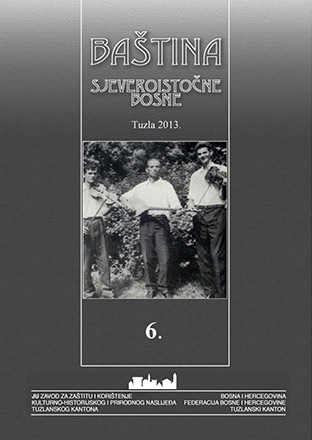
U drugoj polovini XIX stoljeća u svjetskim političkim kretanjima desili su se krupni historijski događaji. Novo nastale evropske nacionalne države (Njemačka i Italija, kao i Austro-Ugarska monarhija) tražile su mogućnost promjene političke karte Evrope i svijeta tj. podjelu kolonija sa velikim silama (Engleska, Francuska i Rusija), koje su taj posao ranije obavile. Interesi velikih sila organizovanih u imperijalističke blokove („Centralne sile“ (1882.), i „Trojni sporazum“ ili „Antanta“(1907.)) najviše su bili usmjereni na prostore Osmanskog carstva koje se nalazilo u teškoj društveno-ekonomskoj, socijalnoj i političkoj situaciji i u tadašnjoj diplomatskoj terminologiji je nazivano bolesnikom na Bosforu.
More...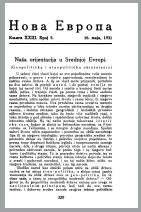
Pre osamnaest godina, i nešto više, odigrali su se sudbonosni dogadjaji u istoriji Srbije. Odigrali su se dogadjaji koji su doveli do Evropskog Rata, koji je bio toliko sudbonosan za pojedine države, i čije se posledice još i danas osećaju. Rat je trajao četiri godine. Tek što je prestao, pobedjeni i pobedioci, svesni teških posledica, upustiše se u raspravljanje pitanja: kako je i zašto došlo do Rata? Bacaju se jedni na druge u pitanju odgovornosti, kao da će to moći umanjiti značajne posledice koje su usled Rata nastale.
More...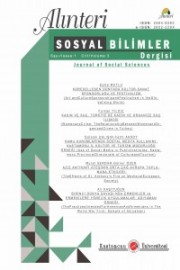
The first world war is of great significance for not only history of the world but also Turkish history. This war as well as being the last war for the Ottoman State, caused some issues that have been still discussed today. One of these problems is Armenian Question. Armenians made use of an opportunity the World war first, revolted against the Ottoman state, helped all the way the Russian army by establishing volunteer armies. The Ottoman State had taken all necessary precautions. The Ottoman State arrested leaders of Armenia and dispatched them because they continued to rebeling. During the dispatch they had taken precautions and penalized those whom malfeasance their duties. Today Turkey is tried to be convicted on this case that is used for the different political purposes. Besides the dignitaries took all the precautions, some negations seen when the resources were being evaluated related to this era during the dispatch and housing. Accordingly, the people who had faults and disregards strictly had been punished and some possible negations were tried to be prevented. Thus Mr.Hakkı, district governor of Kahta and Mr.Edhem Kadri, district governor of Besni were dismissed due to the same reason. The aim of this study; to show what happened during the dispatch and housing throughout the World war I was not genocide as in Adıyaman sample. In this study, it is aimed to contribute to clear up the era by using archival documents, newspapers and secondary sources.
More...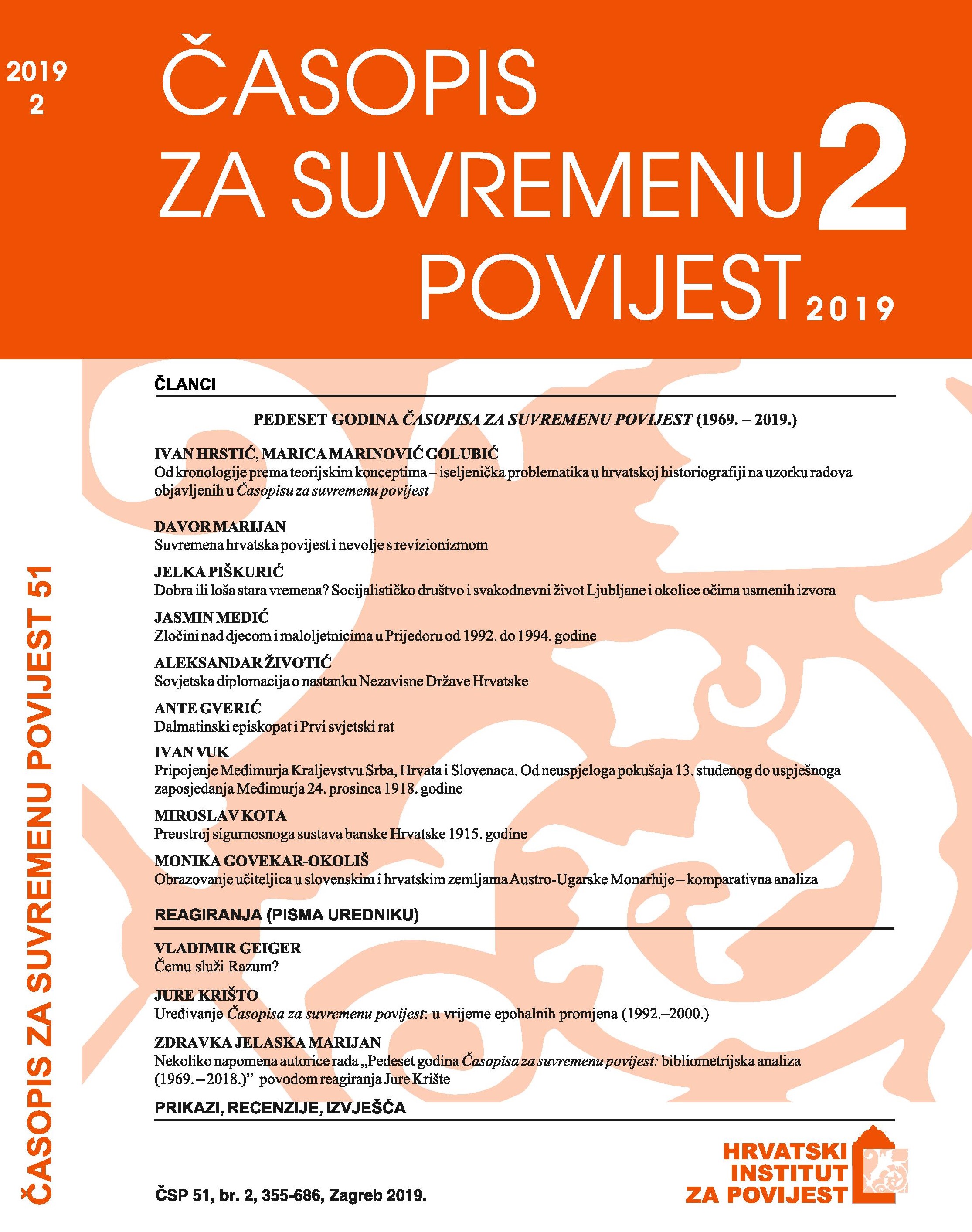
During the second year of the Great War, the state security system of Banal Croatia was restructured to include the Central Counterintelligence Service (SDDS), which had previously functioned as a secret police, as an independent body of the Land Government. The SDDS became part of the newly established Department IV-B, responsible for border patrol units, under the Land Government’s Internal Affairs Section. The reasons for this restructuring were of a political nature, specifically related to the conflict between military and civilian authorities, but also due to various functional reasons. Political reasons for the 1915 restructuring of Banal Croatia’s security system reflected the aspirations of both its Croatian civilian authorities and Hungary to gain greater control over the SDDS, as it was growing too familiar with the military authorities, which put the work of the Croat-Serb Coalition, and therefore the Hungarian dominance over Banal Croatia, in jeopardy. In fact, a majority of the Coalition’s distinguished members were illegally connected to the institutions that were unquestionably built on Greater Serbian ideals. The war itself was partially caused by Serbian aspirations to implement a Greater Serbian national-political programme. The Croatian civilian executive authorities not only avoided taking legal action against high treason, but also hesitated to bring the accused before the law for fear of losing the compromised Coalition. Instead, the civilian authorities would intervene in favour of the accused so as to prevent the crumbling of the Coalition, which was a guarantee to the regime that Banal Croatia would remain under Hungarian economic and political control, even if this endangered the entire Monarchy. The functional reasons for the restructuring were related to the aspirations of the military leaders to improve the security system, make the functioning of the SDDS better hidden within government institutions, and offer assistance to the SDDS via border police detectives and city police. It also wished to have the Service’s work financed from the national budget and its operative work subsidised by the military. During the restructuring, the military commander of Zagreb was also replaced, but the Croat-Serb Coalition, acting in cooperation with the Hungarian authorities, was only partially successful in achieving their goals. The SDDS maintained its functional autonomy, i.e. dual responsibility to the ban (viceroy) and the Evidenzbureau, and started receiving military subsidies. Furthermore, due to the necessities of defence, the Land Government gained access to financial information that was previously unavailable as it fell outside the autonomy of Banal Croatia.
More...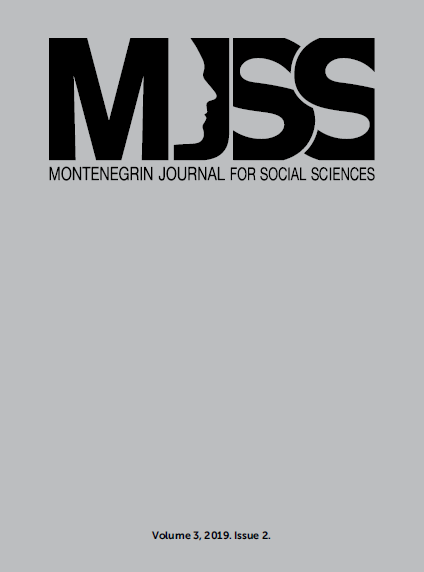
A territory that is colloquially called Sandzak represents one of those South Slavic regions that remained under Ottoman rule for the longest time. Merely in 1912/13, the northern part of this territory became part of Serbia and southern part of Montenegro. Then commence and the mass migration of Sandzak Bosniaks to Turkey (untill 1923, the Ottoman Empire), which lasted until the late 1960s. Migrations led to the emergence of a strong Bosniak-Sandzak diaspora in that country. However, its number is not really known. Due to that, there are numerous speculations and even those that calculate with millions of immigrants. The paper, using primarily the data from the Yugoslav censuses from 1921 and 1971, and insight into the demographic growth of Bosniaks in Bosnia and Herzegovina as well as the growth of the Turkish population we tried to determine the approximate number of Sandzak Bosniaks in Turkey. Primarily the number of those who had emigrated between the two censuses i.e. their descendants.
More...
On the 15th of May 1879, the Society for the Promotion of Literacy among the Georgians was officially founded in Tbilisi. It represented the late product of a small but very active group of intellectuals, the tergdaleulebi, who played a pivotal role in the building of the modern Georgian nation. The Society for the Promotion of Literacy among the Georgians thus served as a tool to introduce national self-reliance and to counter the voluntary and forced Russification of the Georgian nobility. This article initially analyses the development of the “Society” between 1879 and 1914, focusing on the number, geographic origin, estate and social background of its members, as well as their educational backgrounds, professions and political activities. The article then attempts to characterize the various activities of the “Society”. Although the activists found themselves marginalized between the nobility and the peasantry, they managed to develop a sense of Georgian ethnic affiliation as a cultural community freed from estate or locality, accessible to all of its potential members. With its cultural activities, the members developed an institution of public socialization to replace the traditional ones. The social cleavage between the nobility and the peasantry and the domination of the Tsarist state, however, hindered the rise of a political loyalty on national grounds. The non-existent political nation was substituted by a new, culturally and ethnically sensitive community with the “Society” as its main organizational backbone. In this kind of “moral community” the growing layer of marginalized, educated white collar-workers could meet each other and coordinate their efforts.
More...
This article revisits the intellectual and ideological formation of Houston Stewart Cham berlain, the central anti Semitic and racist public intellectual of the Wilhelmine Empire. I intend to interpret Chamberlain’s ideological disposition and political activism not only as a product of German national discourse, but as rooted in a European context. The ar ticle illustrates, firstly, how imagined European spatial dimensions informed Chamber lain’s racial conceptions; secondly, his perception of the periphery of the Habsburg Empire as a völkisch battlefield; and, thirdly, the way in which he influenced a host of different publics, primarily the German, but also other European societies like the Romanian. His ability to adjust and to modernise ensured the longevity of his intellectual legacy beyond the Wilhelmine Empire and connected his thinking with the origins of the early National Socialist movement.
More...
This article examines the Kulturbund and the Europäische Revue, an association and a journal that were of central importance for the anti liberal discourse on Europe in the interwar period. Using an intellectual historical approach, the study analyses how the two initiati ves, which were founded out of a decidedly ‘conservative revolutionary’ Weltanschauung, developed an intellectual and social radiance of European range in the 1920s. The paper focuses on both ideological and personal constellations of the networks, which at least temporarily transcended the political ideological boundaries of the interwar period.
More...
Sudetendeutsches Turnertum is the title of a work in which its publisher Rudolf Jahn de scribed in detail the development of the Deutscher Turnverband and at this occasion also analysed the völkisch worldview held by this gymnastic organization. The paper deals with Jahn’s influential and still used interpretation of this complex ideology and searches for motifs that got Jahn to perceive the völkisch worldview in the Deutscher Turnverband as an outdated and time limited phenomenon. The conclusions of the research are based on a broad base of historical sources, which consist mainly of printed documents of the Deutscher Turnverband, of former gymnastic organizations as well as of groups of gymnasts who were expelled from the Czechoslovakia after 1945.
More...
The personality of Franz Ferdinand, heir to the Austro Hungarian throne, already divided opinion during his lifetime: reviled by his opponents as a future autocrat who would subju gate the peoples of the monarchy, celebrated by his supporters as the only possible saviour of the ‘ailing’ dual monarchy. The assassination of the archduke in Sarajevo symbolically charged his image by linking his death to the outbreak of the ominous ‘seminal catastro phe’ of the 20th century. Characterising Franz Ferdinand’s personality, impact and plans thus meant, not least, interpreting the long and short roads to the First World War. The following article will discuss the image of the heir to the throne in German literature and historiography of the Bohemian Lands, with special emphasis on the connection of Franz Ferdinand’s plans to conservative thinking on the one hand, and on alternative historical moments in the analysed texts on the other.
More...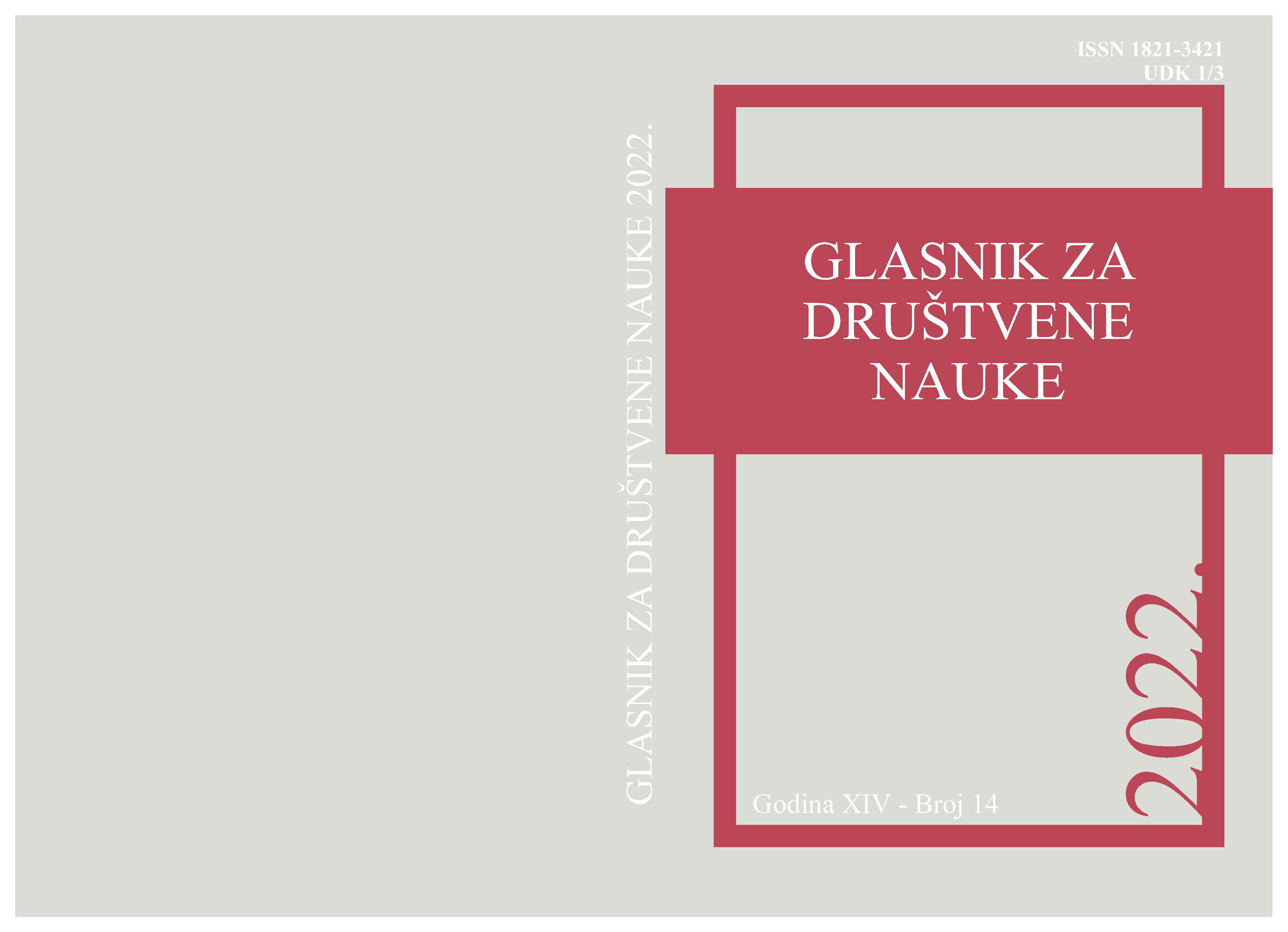
This text is an expanded review of a newly published book (Dusanic 2018). Its purpose and focus is demonstration of the significance of the rule of law through examination of effects created by its abrupt introduction. While acknowledging that a number of important and relevant details are given in the book, its principal conclusions are decidedly challenged. The period covered by the book contains a monumental institutional change, taking over of Bosnia and Herzegovina (B&H) by Austro-Hungarian Empire (K&K), which was a unique and precious change, conducive to examining the effects of this institutional overhaul on the economy and through wellknown interdependencies on other spheres of social life. This extraordinary opportunity went unutilized and the chance to examine the performance of alternative institutions was wasted. The next criticism relates to the treatment of K&K occupation as an event, which badly damaged the Serbian national interests and prevented unification of Serbs with their home country Serbia. It is argued here quite to the contrary: the precious jump from the primitive, pre-civilization environment of the Ottoman Empire to the advanced and civilized society of the K&K has certainly brought significant betterment for all inhabitants of B&H and the author failed to bring out this crucial fact. His critique of the K&K impact, with reference to the fact that the occupation prevented all-Serbian unification, is simply ill conceived. It is also argued that unification of Bosnian and other Serbs with Serbia was not a feasible historical option and the absence of unification is not a legitimate reason for disparaging a truly favourable social change. Very unfavourable comments are also made at the badly implemented composition of the book, with incorporated large chunks of material, which are completely unrelated to the subject matter, and the purpose of the book. Such are, among other, his digressions on so-called neoliberalism and neo-colonialism. He blames these two worldwide arrangements for all principal evils of the present age without even bothering to define them. The reader is at pains in making out what the author is speaking about and it is questionable whether the author himself is conscious and clear in this respect.
More...
With reliance on the personal correspondence of Kosta Stojanović from the period of the First World War kept in the SASA Archives, an attempt was made to shed light on one untapped but valuable historical source. As several in-depth researches have been conducted into the political activity of Kosta Stojanović, the focus has been placed on the content to which wider importance has not been imparted so far.
More...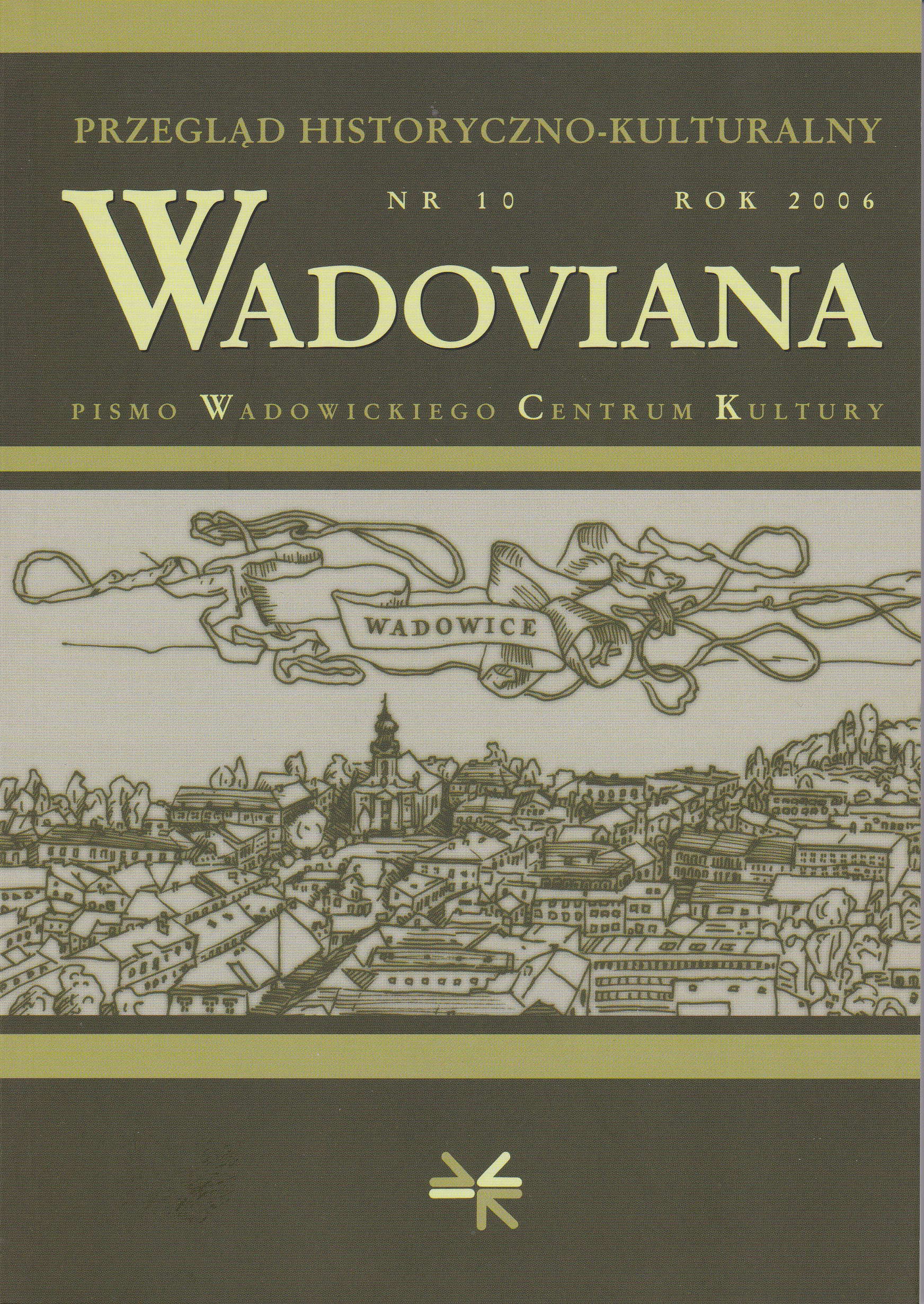
Podporucznik Jakub Plezia (1885-1941) dowodził I kompanią 3 batalionu 56 pułku piechoty armii austro-węgierskiej. Pod koniec życia opisał swój udział w ataku na wzgórze Pustki w Łużnej koło Gorlic w maju 1915 r. Oryginał tekstu został zdeponowany przez jego syna, prof. Mariana Plezię w Archiwum UJ.
More...
Cmentarz Wojenny nr 123 na wzgórzu Pustki w Łużnej koło Gorlic jest jednym z czterystu cmentarzy powstałych na terenie Galicji Zachodniej podczas I wojny światowej. Pochowanych tutaj zostało 1204 żołnierzy z armii austro-węgierskiej, niemieckiej i rosyjskiej. Wśród nich żołnierze 56 pułku piechoty. który rekrutował się z mieszkańców ziemi wadowickiej.
More...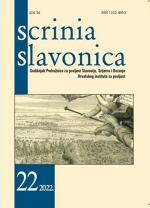
In the paper the authors outlines from the aspect of the history of institutions the structure and the activity of the Vinkovci-Županja-Savska obala Local Railway Ltd. in the timeframe from its establishment in 1900 to 1906, when together with the Osijek-Đakovo-Vrpolje Vicinal Railway Ltd. was merged into a new stock company entitled The United Podravina-Posavina Vicinal Railways Ltd. As with most vicinal railways, the company’s headquarters was in Budapest. The stock company’s tasks were performed by: the stockholders’ general assembly, headquarters and the inspecting committee. The Vinkovci-Županja-Savska obala railway line was owned by the stock company, but it was exploited i.e. managed by the state. It was put in service on 30 September 1901. One of its main goals was to dominate the Bosnian trade and transfer its products to a Croatian market. Apart from that, various agricultural goods cultivated in the fertile Slavonian area where the aforementioned railway lines went were shipped, as well as timber from rich old oak woods anticipated to be harvested. Even though the company was financially solvent, according to its exploiting and financial indicators it ranked among the weaker vicinal railways in the Kingdom of Croatia and Slavonia. After the merger the newly established stock company was one of the more important, more successful and more profitable vicinal railways in that area.
More...
Review of: Katarina HORVAT: Kućna služinčad u Zagrebu 1880. – 1914. (Zagreb: Srednja Europa, 2021). 353 str. ISBN 978-953-8281-32-7.
More...
Review of: Vlatko SMILJANIĆ: Čaruga - Životopis slavonskoga razbojnika Jovana Stanisavljevića 1897. – 1925. (Zagreb: Despot infinitus d.o.o., 2020). 175 str. ISBN 978-953-8218-43-9.
More...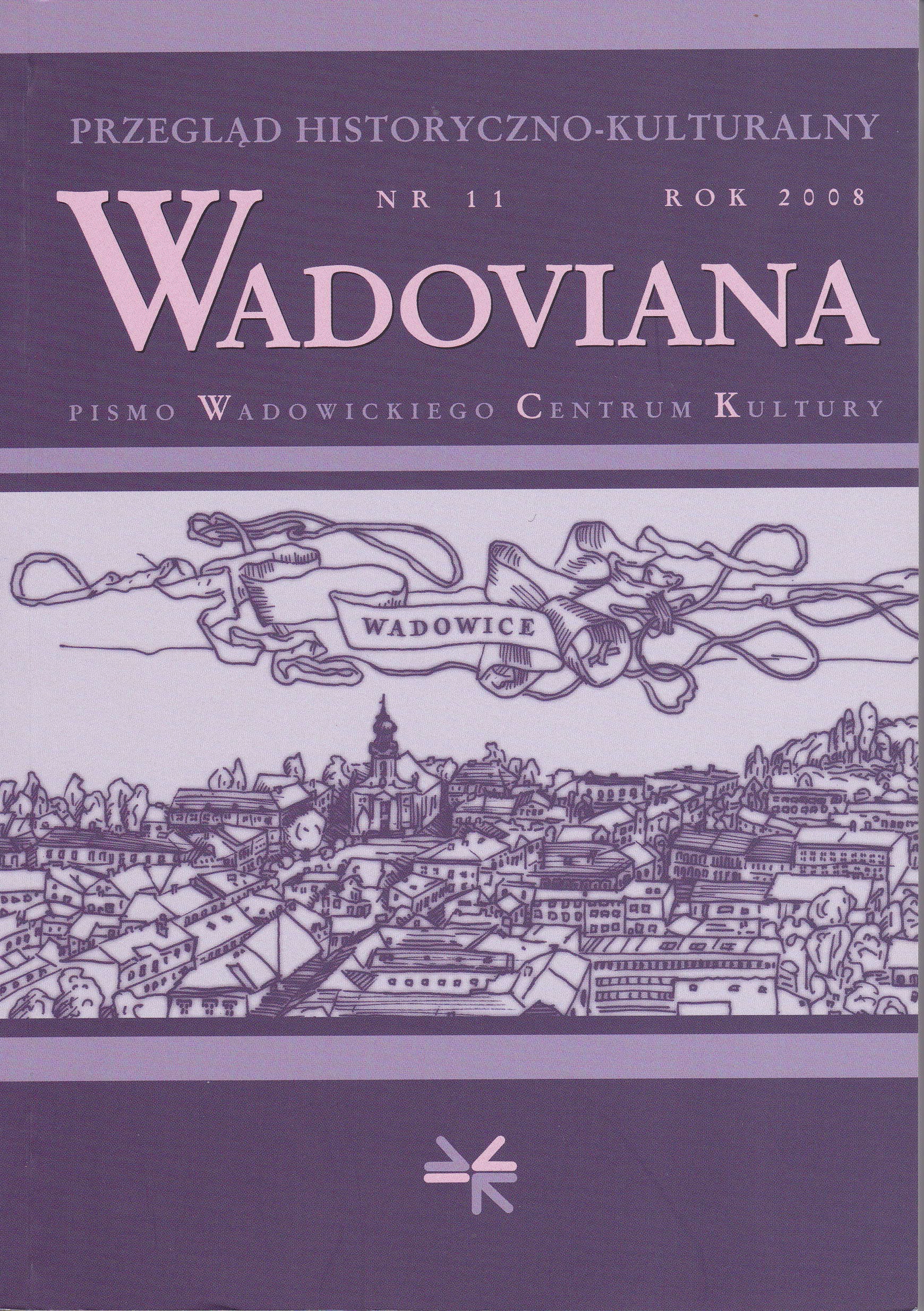
Opracowanie podaje w zakresie dostępnym w zasobach archiwalnych dane o pochowanych żołnierzach, w układzie alfabetycznym według miejscowości, podając personalia i stopień wojskowy pochowanego, jego przydział do formacji i datę zgonu oraz ewentualne inne informacje, jeżeli były dostępne. Wykaz obejmuje groby wojenne na cmentarzach: Cmentarz Wojenny nr 484 (na cmentarzu parafialnym w Andrychowie), Cmentarz Wojenny nr 424 (na cmentarzu parafialnym w Bieńkówce), Cmentarz Wojenny nr 483 (na cmentarzu parafialnym w Brodach), Cmentarz Wojenny nr 482 (na cmentarzu parafialnym we Frydrychowicach), Cmentarz Wojenny nr 481 (na cmentarzu parafialnym w Głębowicach), Cmentarz Wojenny nr 480 (na cmentarzu parafialnym w Inwałdzie), Cmentarz Wojenny nr 479 (na cmentarzu parafialnym w Izdebniku), Cmentarz Wojenny nr 478 (Kalwaria Zebrzydowska), Cmentarz Wojenny nr 477 (na cmentarzu parafialnym w Kleczy Dolnej), Cmentarz Wojenny nr 425 (na cmentarzu parafialnym w Makowie (Podhalańskim)), Cmentarz Wojenny nr 484 B (na cmentarzu parafialnym w Marcyporębie), Cmentarz Wojenny nr 476 (na cmentarzu parafialnym w Przytkowicach), Cmentarz Wojenny nr 462 (na cmentarzu parafialnym w Spytkowicach), Cmentarz Wojenny nr 475 (na cmentarzu parafialnym w Tłuczani D.), Cmentarz Wojskowy - Cmentarz Wojenny nr 473 w Wadowicach; Cmentarz Wojenny nr 473 B na Cmentarzu Izraelickim w Wadowicach, Cmentarz Wojenny nr 463 (na cmentarzu parafialnym w Zatorze), Cmentarz Wojenny nr 432 (na cmentarzu parafialnym w Zawoi) oraz Cmentarz Wojenny nr 474 w Zebrzydowcach (samodzielny cmentarz wojenny przyszpitalny).
More...